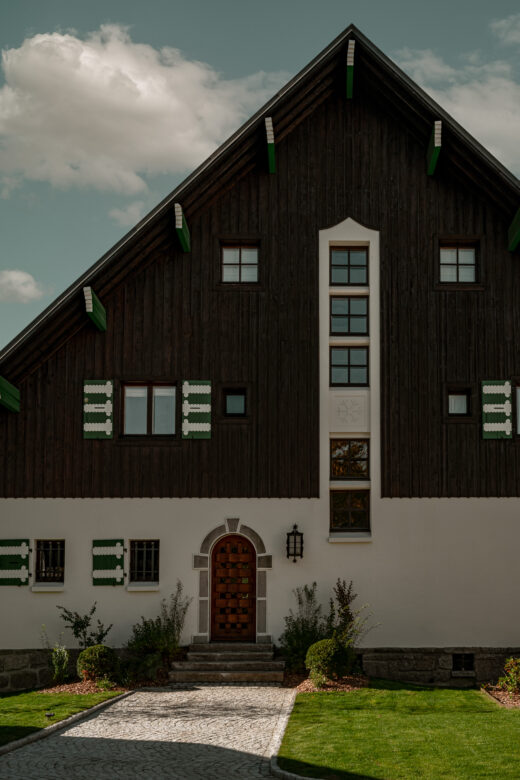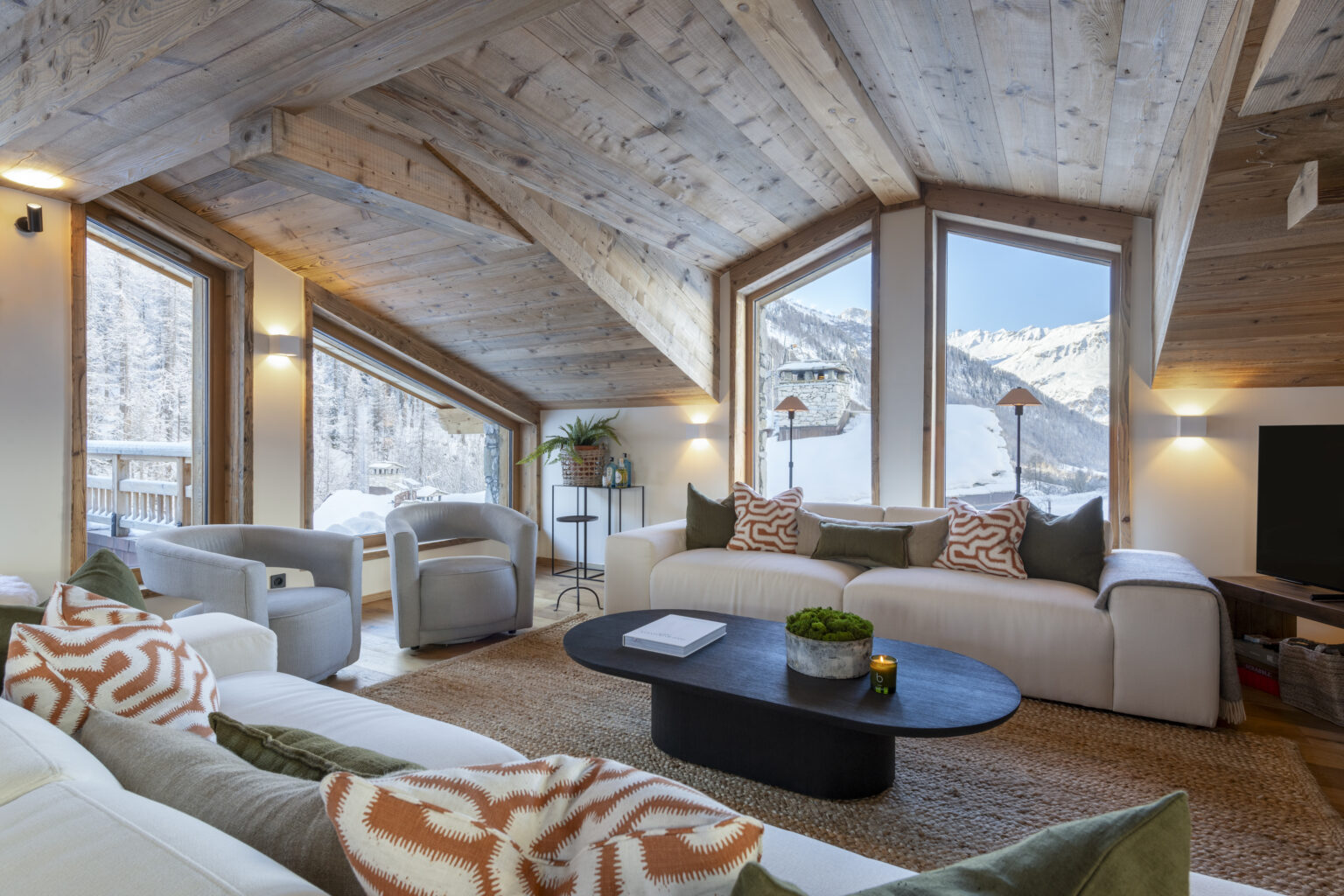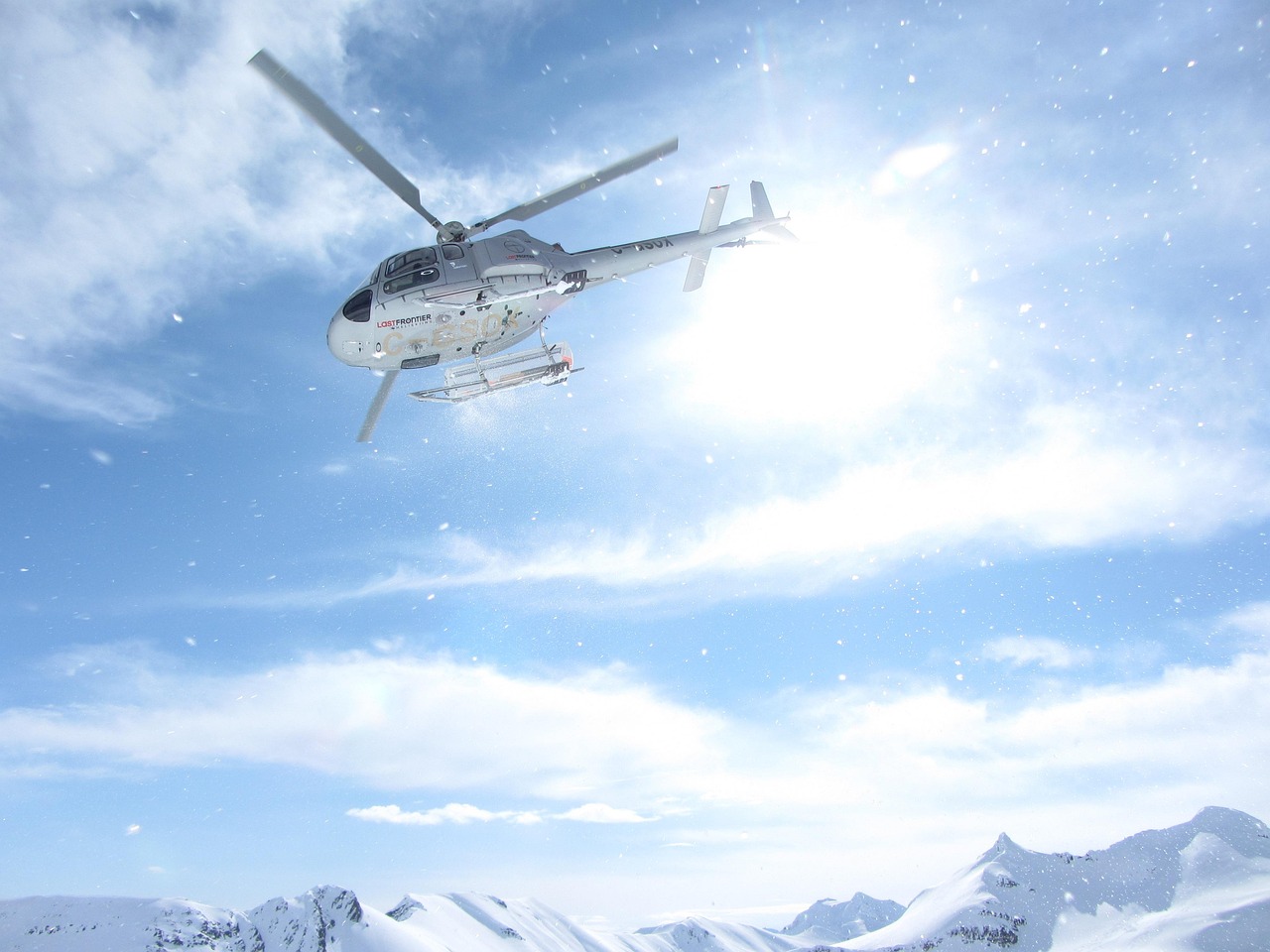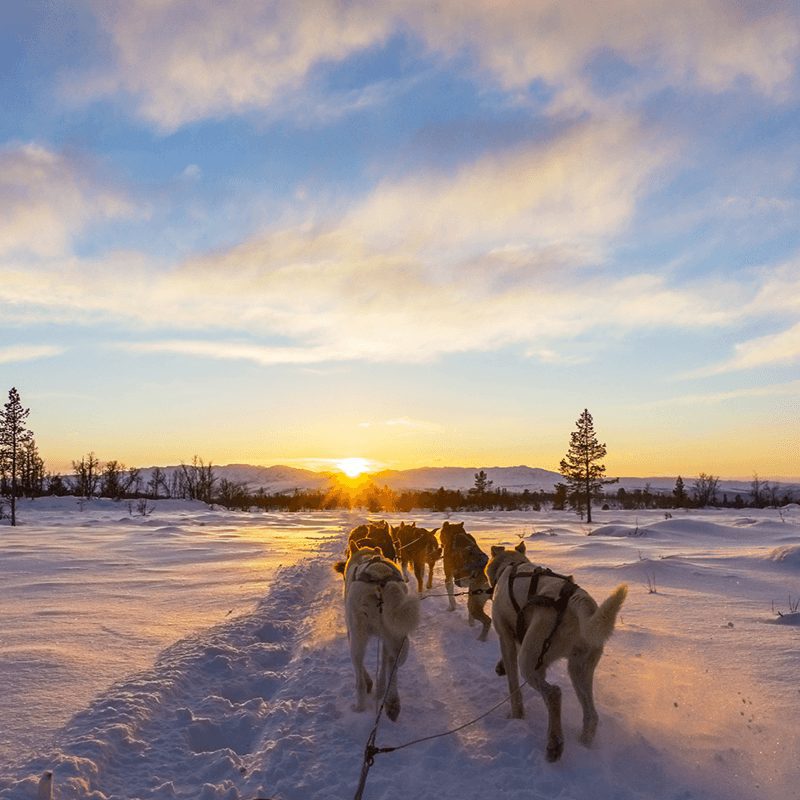Henry Jacques Le Même changed alpine architecture with visionary designs that define the skylines of Megève and Combloux today. Born in 1897 to a cultured bourgeois family in Nantes, this remarkable architect built nearly 250 chalets in the French Alps during his century-long life. His journey began in 1925 when Baroness Noémie de Rothschild gave him his first commission.
Le Même’s signature contribution to architectural history came in 1927 with the first ‘Chalet-skieur‘. The innovative design stood out with its double-sloped roof, stone base, and special joinery. Le Même stripped away ornamental excess and created generous openings that captured stunning mountain views. His sophisticated use of local materials set new standards. The partnership between Le Même and the de Rothschilds flourished through various projects. The famous Chalets du Mont d’Arbois, now a luxurious Four Seasons hotel, stands as testament to their collaboration.
The sort of thing we love about Maison Henry Jacques Le Même goes beyond the architectural legacy to his lasting influence on modern design. To name just one example, Chalet Le 1550 in Courchevel proudly displays the first copy of the Prieuré floor lamp—part of an exclusive 30-piece collection.
Chalet le Sarto, Megève
Training at École des Beaux-Arts
Le Même completed his early architectural education at the École des Beaux-Arts in Nantes from 1915 to 1917. Paris became his next destination, where his architectural education truly flourished. The prestigious École Nationale Supérieure des Beaux-Arts gave him classical, rigorous, and detailed architectural training. Le Même showed exceptional talent during his studies and won first prize in the prestigious Rougevin competition in 1923.
Influence of Le Corbusier and Art Deco
Le Même managed to keep his curiosity about the avant-garde movements of his time, despite his classical background. His thinking drew inspiration from Le Corbusier‘s modernist principles, De Stijl’s geometric aesthetic, and Art Deco‘s elegant craftsmanship. Le Même created a dialogue between classical and modern elements rather than breaking with tradition completely. This balance became his architecture’s signature—a unique equilibrium that revolutionised alpine design.
The Skier’s Chalet: Reinventing Alpine Living
The “Chalet-skieur” concept that emerged in the late 1920s altered the map of alpine architecture. This design blended aesthetic charm with practical functionality and became Henry Jacques Le Même’s signature contribution to architectural history.
Commission from Baroness Noémie de Rothschild
Baroness Noémie de Rothschild approached Le Même in 1925 with a vision. She wanted to transform Megève from a rustic farming village into a fashionable winter sports destination. This crucial commission came right after he set up his practise in the alpine region. The Baroness wanted an alternative to St. Moritz‘s increasingly Germanic atmosphere. She saw Le Même as the perfect architect to bring her vision to life. Their partnership led to many projects, but the birth of the “Chalet-skieur” concept in 1927 stood out as their greatest achievement.
Design elements of the skier's chalet
Le Même’s skier’s chalet’s genius showed in its distinctive features. It broke with alpine tradition while respecting the regional context. The most striking elements included:
Double-sloped roofs that managed heavy snowfall quickly
Stone bases that anchored the structures to the mountainside
Specially designed joinery that showcased craftsmanship
Le Même removed ornamental excess and added generous openings that captured the mountain’s magnificent views. His designs balanced form and function to create spaces that winter sports enthusiasts needed.
Use of local materials and modern comforts
Le Même respected traditional building methods but embraced new ideas constantly. He used local materials—stone and wood—with sophisticated finesse. Modern amenities found their way into these alpine dwellings. Indoor plumbing, central heating, and well-designed living spaces turned these chalets into year-round homes instead of seasonal shelters.
Integration of landscape and architecture
Le Même knew alpine architecture needed to speak to its surroundings. His designs created a deep connection between built form and natural landscape. Each chalet grew naturally from its site and maximised views and natural light through changing seasons. This thoughtful approach created living spaces that connected people to the majestic alpine environment while keeping them safe.
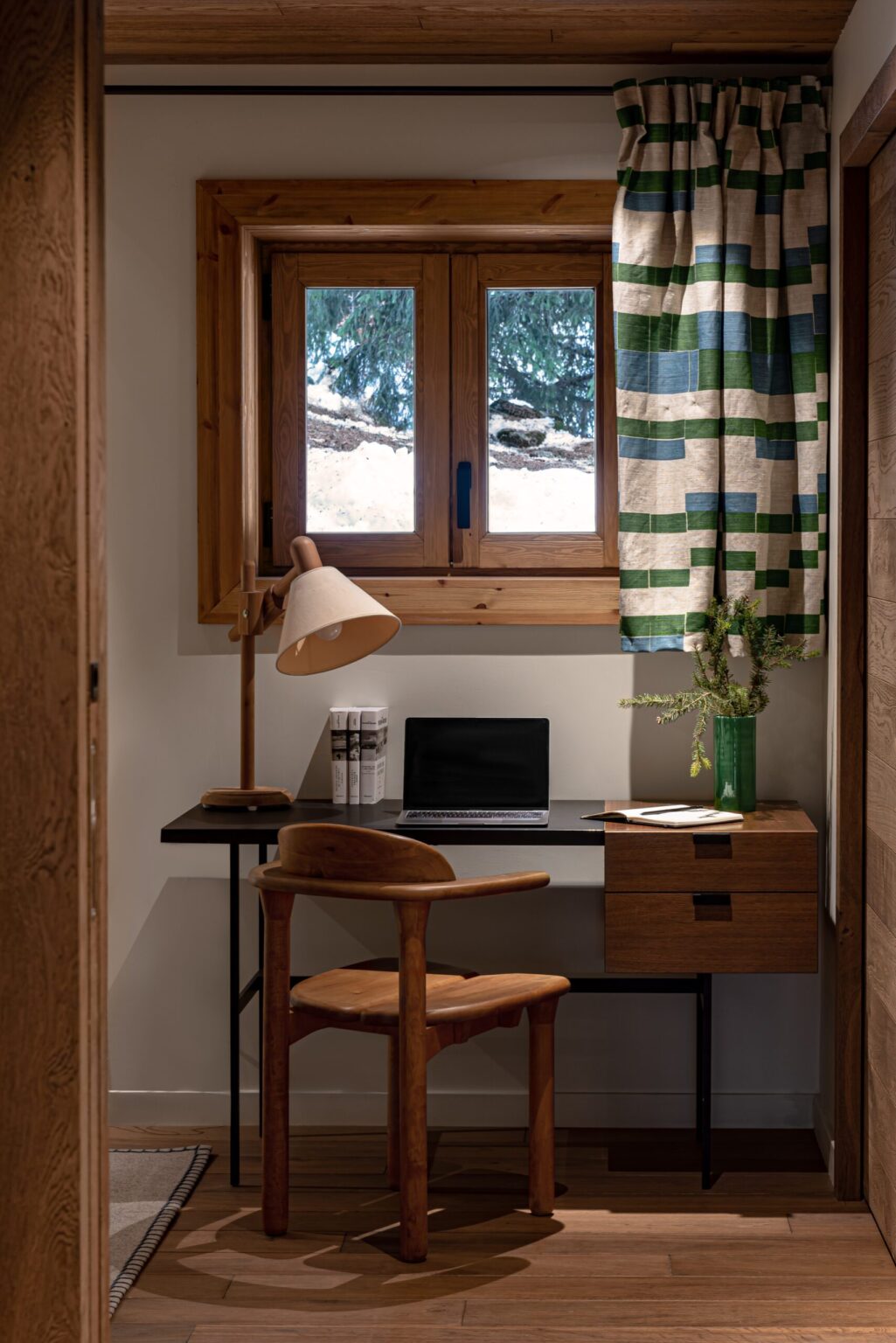
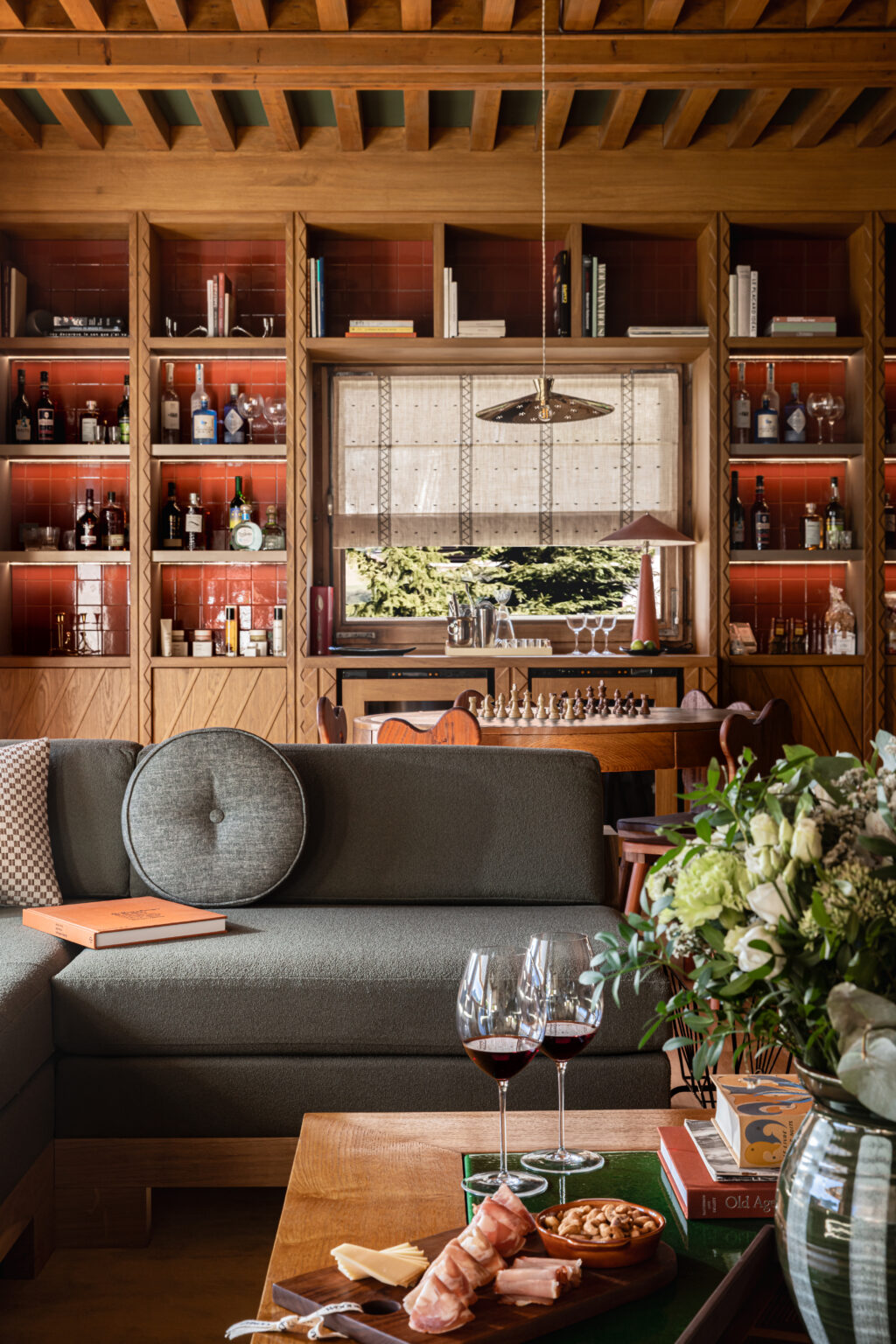
Le Même’s vision went far beyond his famous chalets. His sanatoriums and public buildings stand as testament to his versatility. He showed remarkable environmental foresight through projects like Cité des Nids et Jardins. This approach seems ahead of its time given today’s emphasis on green design.
Le Même’s legacy lives on actively, not just as a static monument. Maison Henry Jacques Le Même continues to produce limited-edition pieces based on his designs. Contemporary architects still find inspiration in his principles of environmental harmony and precise craftsmanship.
The next time you visit the French Alps, look at those distinctive chalets against snowy peaks. You’ll see more than buildings – you’ll see a timeless dialogue between human habitation and natural beauty. Le Même created this conversation, and it speaks to us just as clearly today.
Explore the Alps with Lodge Destinations—where luxury meets architecture.
